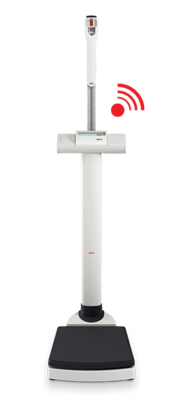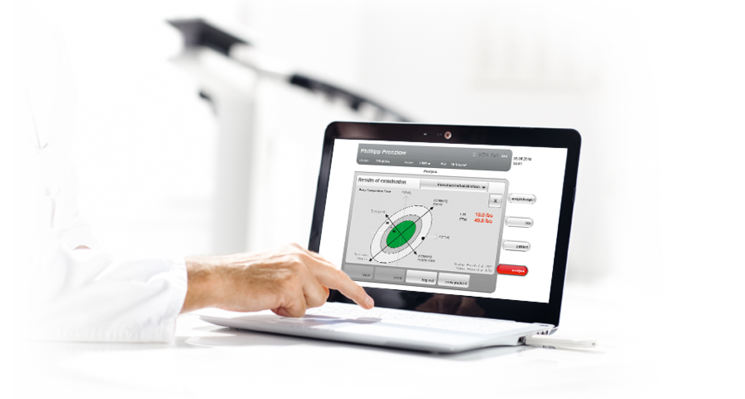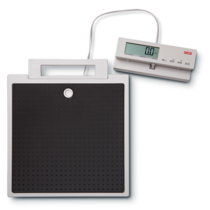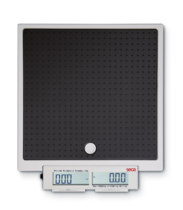Cardiology
Changes in body weight and body composition are determing factors in cardiology. Coronary heart diseases are often caused by being overweight or obese and the related risk of arteriosclerosis originates from elevated levels of cholesterol. The diagnoses of heart failure is increasing. Over the course of this disease, cardiac cachexia can occur and negatively impact the patient's prognosis. The medical measuring systems and scales from seca are essential to support the diagnosis and treatment.
seca 703
EMR-validated column scale with 660 pounds capacity and measuring rod
- Basic
- Advanced
- Premium
660 lbs
0.1 lb < 330 lbs > 0.2 lb
15.2 kg
360 mm
930 mm
520 mm
The multi-faceted talent with network capability.
To prevent cardiac decompensation, healthcare professionals must weigh patients with heart failure, particularly those classified in NYHA Stages III and IV, every day. Long before the patient requires intervention, a steady weight gain indicates fluid overload. Diuretics counteract this effect by ridding the body of excess water.
Given the especially fine graduation of 0.1 lbs, the seca 703 high capacity column scale with wireless transmission reliably monitors therapy and transmits data automatically to a seca wireless printer or via the software seca emr flash 101 to an Electronic Medical Record (EMR) system.
The seca column scale can weigh obese patients of up to 660 lbs.

seca analytics 115
Medical PC software for diagnostic assistance
- Basic
- Advanced
- Premium
Windows (R) 7 (SP1)
Windows (R) 8
Windows (R) 8.1
Windows (R) Server 2008
Windows (R) Server 2012
Windows (R) Server 2012 R2
Windows (R) Vista (SP1, SP2)
Windows Server 2008 R2
Simple and fast – all results captured in one step.
The seca analytics 115 PC software turns the scale into a complete system.
The central element of the software is the patient database. Every measured weight is clearly associated with a patient and observed over time so that weight changes can be detected early.
Cardiac decompensation can be prevented through continuous monitoring and appropriate intervention. If laboratory data and blood pressure are also available, the software indicates whether metabolic syndrome is present. Furthermore, cardiovascular risk is assessed.




